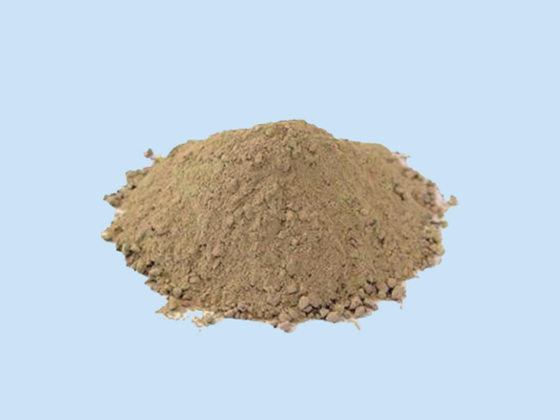
Liaoning Haicheng Xinyue Refractories Co., Ltd.
Mobile phone: +86-15041737767 +86-13322303666
Website:yushunda.com.cn
Mailbox: xinyuenaihuo@163.com
Address: East Pai Lou Industrial Park, Pai Lou Town, Haicheng, Liaoning.
The working lining of tundish plays an important role in high temperature resistance, slag corrosion resistance, heat insulation and heat preservation during continuous casting. With the increasing demand for clean steel and alloy steel, the tundish has also become the final key link in secondary refining of molten steel in steelmaking process. The working lining of tundish is changed from silica insulating plate to magnesia and magnesia-calcium unshaped refractory, and the construction method is changed from masonry to manual coating and mechanical spraying. With the introduction of rapid nozzle replacement technology, the dry vibrating material for tundish is developed.

At present, the preparation method of intermediate dry vibrating material belongs to the field of amorphous refractory technology. Related patents have also begun to increase, and their research methods are more in-depth and rationalized. Some properties of tundish dry vibrating material, such as non-irritating odor, no carbon and hydrogen for molten steel, corrosion resistance, easy disintegration and so on, are superior.
Magnesium calcium iron dry vibratory material for electric furnace bottom
Electric arc urnace is a steelmaking equipment which takes the arc between electrode end and furnace charge as heat source.
Magnesium-calcium iron (MgO-CaO-Fe2O3) dry vibrating material is mainly used for constructing or repairing the bottom of electric arc furnace. It is a mixture of pre-synthesized magnesia-calcium iron sand and sintered or fused magnesia according to a certain particle size distribution. Generally, no additional sintering aid is needed.
Chemical composition of synthetic magnesia calcium iron sand: 80%~85%MgO, 7%~9%CaO, 6%~7%Fe2O3. The composition of the phases is mainly about two Al2O3 of calcite, calcium ferrite and a small amount of impurity phase (glass phase) containing both SiO2 and Fe.
The melting point of dicalcium ferrite is 1449, and the influence of impurities such as Al2O3 and SiO2 makes the liquid phase appear at 1100 ~1200. Therefore, magnesia calcium iron sand is a kind of sintered material at lower temperature.
The solution is that the magnesia-calcium-iron sand should be used together with magnesia. By means of in-situ reaction at high temperature, the magnesia-calcium-iron sand can absorb a large amount of Fe2O3 and form a solid solution, so that the liquid content in the magnesia-calcium-iron sand can be gradually reduced and disappeared, thus increasing the service life of the furnace bottom.
The content of Al_2O_3 and SiO_2 is generally restricted for the Mg-Ca-Fe sand which is used to prepare dry vibrating material. Because the content of Al_2O_3 and SiO_2 is too high, the temperature of liquid phase of dry vibrating material is greatly reduced, the sintering layer is too thick, and the performance of high temperature service is worse. Therefore, Al2O3<0.5% and SiO2<1.2% are generally required.
Attentions in construction and use: 1) When constructing the bottom of electric arc furnace with MgO-CaO-Fe2O3 dry vibration material, the total thickness of the structure is generally not less than 450mm. During construction, the vibration is layered, and the thickness of each layer is about 100~150mm. When vibrating, a flat bottom vibrator is used to recover the tamping from the side to the center until the required thickness is reached. 2) The bottom lining should be covered with scrap steel or scrap steel to avoid destroying the smoothness of furnace bottom when adding scrap steel. 3) The smelting furnace should not blow oxygen to help smelting, and adopt small current to melt scrap steel gradually, using the heat of molten steel to make the top working layer of dry vibrating ramming sintered gradually to a certain thickness. It can also be properly extended smelting time in the furnace, so that the sintering of dry vibrating materials to a certain thickness, and then into the normal smelting operation.
